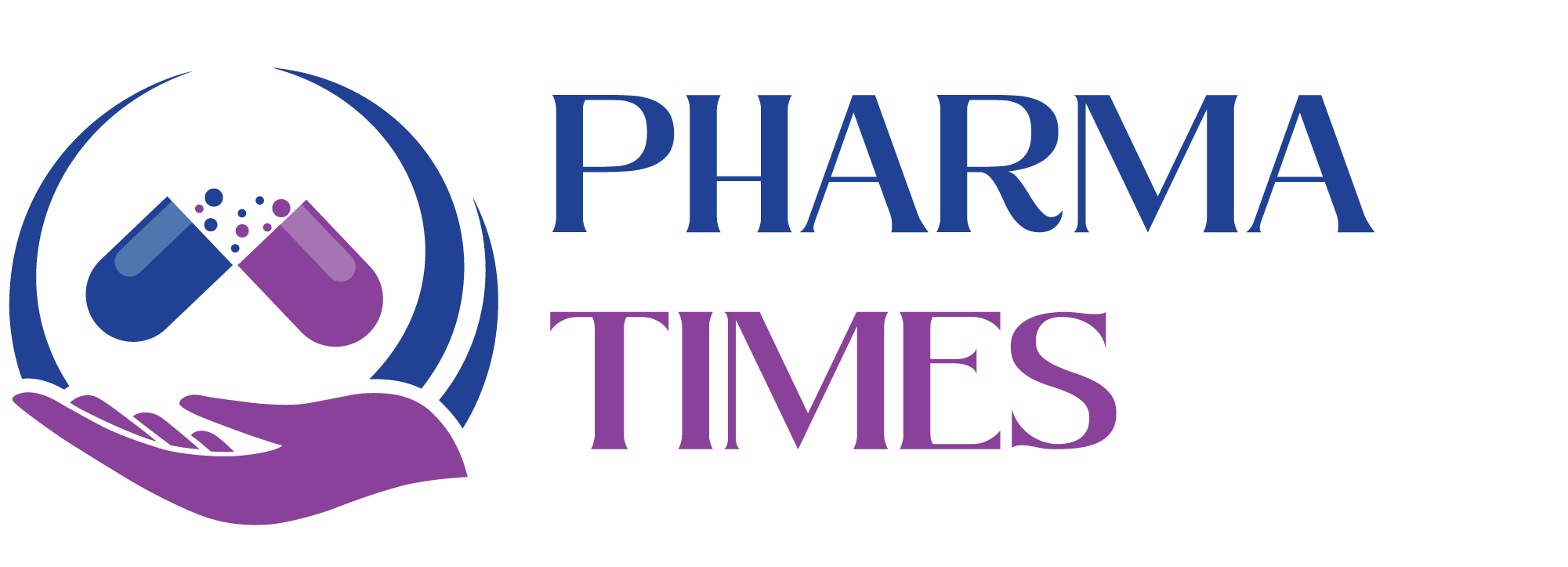“Compression, Compaction, and Consolidation: Essential Concepts in Pharmaceutical Tablet Manufacturing”
Compression, Compaction, and Consolidation: The Pillars of Tablet Manufacturing
In the world of pharmaceutical manufacturing, producing a high-quality tablet is no simple task. Behind every solid, consistent tablet lies a carefully controlled process involving compression, compaction, and consolidation. Understanding these three key elements is essential not only for creating effective medications but also for ensuring they remain stable, durable, and safe for patient use.
If you’ve ever wondered what truly happens during tablet compression, and why some tablets are stronger and more reliable than others, keep reading! This article dives into the science behind these processes and reveals how manufacturers ensure that each tablet is perfect from start to finish.
1. Compression: The Power of Pressure
Compression is the phase where the real magic happens. Imagine the punches of a tablet press coming together to apply intense pressure to a bed of powder—squeezing it into a compact, solid form. But did you know that the amount of pressure applied during this step can make or break your tablet?
Here’s why: too little pressure can result in a tablet that’s too soft and falls apart. Too much? It could be so hard that it won’t dissolve properly in the body, affecting how the medicine is absorbed.
The art of compression is finding that perfect balance. But there’s more to the story—what happens before and after this moment of pressure is just as critical. Let’s take a look at how compaction and consolidation fit into the picture.
2. Compaction: The Journey from Powder to Pill
Compaction is the big picture process that encompasses both compression and consolidation. Think of it as the umbrella under which all the magic happens. It’s not just about squeezing powder together—it’s about rearranging particles, removing air, and ensuring that every part of the powder blend is compacted evenly.
This stage is crucial for creating a tablet that is dense and uniform, which directly impacts the tablet’s strength and quality. Without proper compaction, a tablet might crack, crumble, or contain uneven doses of active ingredients. And in the pharmaceutical industry, precision is everything.
3. Consolidation: Strength in Bonding
Once the pressure is applied and the tablet starts taking shape, consolidation kicks in. It’s the process where particles inside the tablet start bonding and locking into place—much like puzzle pieces coming together.
But here’s the fascinating part: consolidation doesn’t stop when the tablet press releases pressure. Even after the punches pull away, the particles continue to strengthen and tighten their bonds. The better the consolidation, the stronger the tablet—and the less likely it is to break apart during shipping or handling.
This means that manufacturers need to control not just the amount of force, but also the way particles behave after that force is removed. It’s a fine balance that requires expert knowledge and advanced technology.
Why It Matters to You
Now, why should you care about these technical terms if you’re not a manufacturer? Because as a patient or healthcare professional, the quality of your medication directly impacts how well it works. Tablets that are too hard might not release the active ingredients quickly enough, while poorly compacted tablets might fall apart, leading to inconsistent dosing. Understanding the science behind these processes can help you appreciate why quality control is so crucial in the pharmaceutical industry.
The Bigger Picture
Compression, compaction, and consolidation are more than just technical processes—they are the foundation of reliable and effective tablets. Every time you take a tablet, it’s the result of finely tuned forces working together to create something that’s stable, safe, and designed to deliver the exact dose you need.
Want to know more about the factors that influence tablet quality? Stay tuned as we dive deeper into the world of tablet formulation, particle science, and how manufacturers continue to push the boundaries of pharmaceutical technology.

